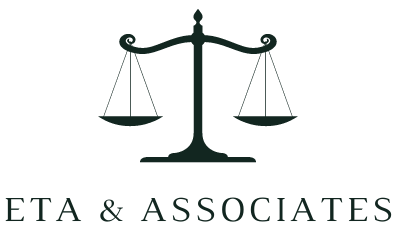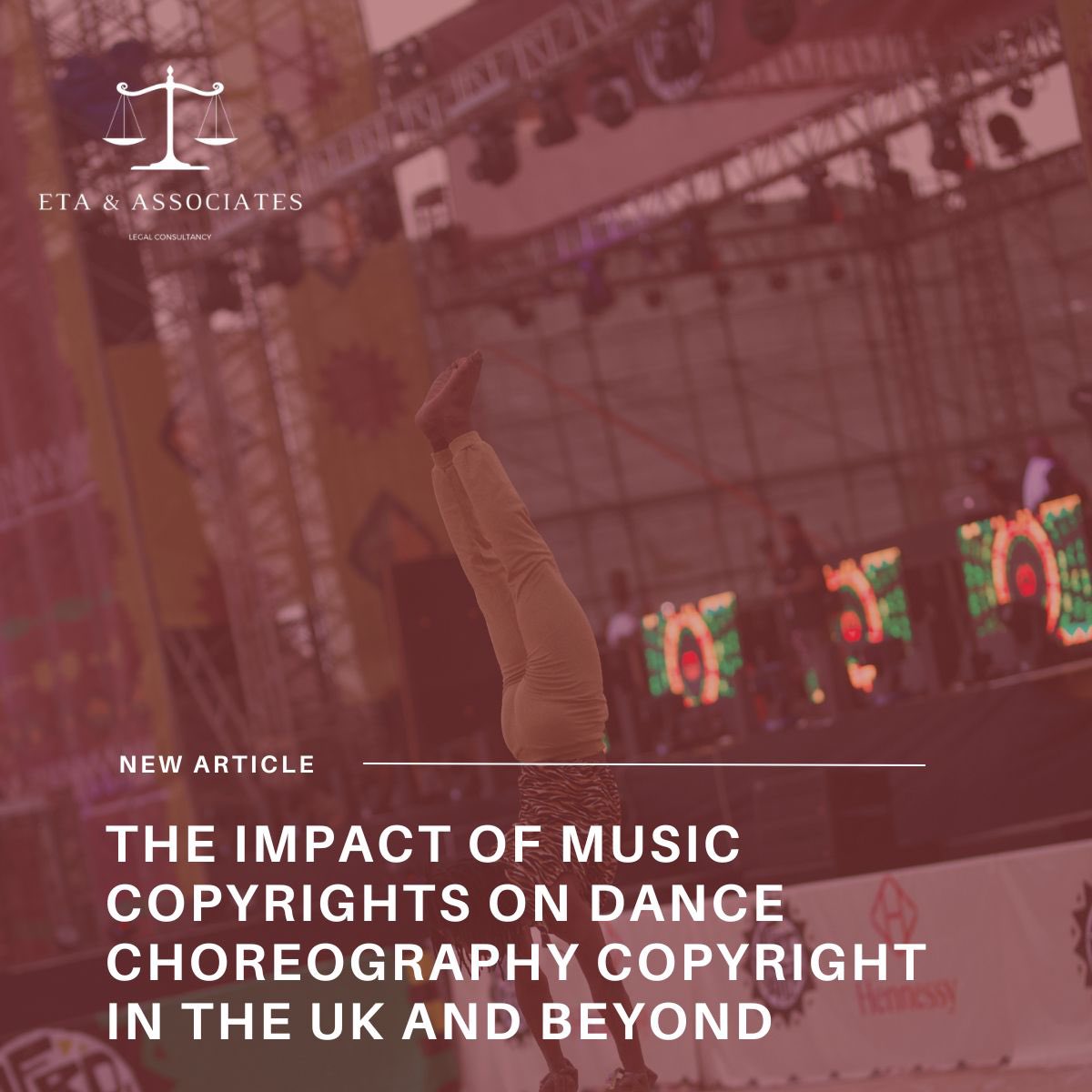Summary
- Choreography, defined as the arrangement of dance movements, is protected under the UK legislation as a dramatic work.
- This protection grants choreographers exclusive rights to copy, broadcast, adapt, and licence their work.
- Short dance sequences or “social dances” are generally not eligible for copyright protection, as illustrated by Alfonso Ribeiro’s unsuccessful attempt to copyright “the Carlton” dance.
- For protection, choreography must be original, performable, and fixed in a tangible medium such as a video recording or a written description.
- Authorship and ownership of dance moves are complex, particularly on platforms like TikTok, and musicians do not necessarily have a copyright claim over dances inspired by their music.
- Lawsuits against Epic Games for using copyrighted dance moves in Fortnite highlight the difficulty of protecting social dances, emphasising the need for originality and effort in establishing copyright.
If a dancer comes up with a routine themselves, is it theirs?
Choreography is defined as “the composition and arrangement of dance movements and patterns usually intended to be accompanied by music.” In the UK, dance and mime are protected as dramatic works, which are characterised by movement, a story, or action. The UK Copyright, Designs and Patents Act 1988 (“the Act”) provides copyright protection for choreography. The Act grants the copyright owner certain rights, including the ability to make copies of the work, broadcast it, and adapt it. The copyright owner may also allow others to exercise these rights in exchange for a royalty, licence, or one-time payment.
Short sequences of dance moves, referred to as “social dances”, are generally not eligible for copyright protection. Copyright for dance is typically reserved for longer, choreographed pieces. Choreography and pantomimes that involve ordinary motor activities, social dances, commonplace movements or gestures, or athletic movements may not possess sufficient authorship to qualify for protection. For example, while a full-length ballet is protected under the Act, a short dance composed of basic movements is not.
A relevant case illustrating this principle is that of Alfonso Ribeiro, who attempted to register the copyright for the ‘Carlton’ dance move, made famous by his character on the TV show ‘The Fresh Prince of Bel-Air’. His application was denied on the grounds that the steps (being ‘social dance’ moves) did not meet the standards for copyright eligibility. Although this case was decided under US law, it is indicative of similar considerations in UK law regarding dance copyright. Both legal systems treat the copyright-ability of social dances in a comparable manner.
For choreography to be protected by copyright law, it must be “fixed” or recorded in some permanent form. Publicly performing it alone does not provide protection, as this does not create a lasting representation of the choreography. This requirement has posed challenges for choreographers in securing copyright protection, as the transient nature of dance can make it difficult to fix in a permanent form.
UK law allows dance to be recorded in “writing or otherwise”. Methods for fixing choreography include video recordings, films, pictorial or narrative descriptions, notation, photographs, videotapes, holograms, and computer animations. As long as the choreography is original, capable of physical performance, and fixed in a permanent form, it will be protected as a dramatic work. This protection lasts from the date of fixation until seventy years after the death of the author or choreographer, or the death of the last surviving co-author if there are multiple authors.
If someone creates a dance move which is inspired by steps from a song, are they infringing copyright?
Determining the authorship and initial ownership of a work can be complex. Dance ideas and concepts are typically accessible for use without explicit permission. Moreover, there’s often debate regarding copyright protection and infringement concerning the actual material and movement vocabulary of a dance, including actions like rolling on the floor, performing the ‘moonwalk’, pirouettes, executing ‘sassy steps’, ‘arabesque’ dancing, and similar movements.
Since copyright arguably doesn’t solely pertain to an ‘idea’, if two individuals independently create similar choreographies, each choreography may hold its own separate copyright. Without evidence to the contrary, it cannot be assumed that they have ‘copied’ each other. Those seeking protection under copyright law must demonstrate that their choreography surpasses mere ‘idea’ status. Although two works may appear similar, this doesn’t automatically render them identical. When a specific choreography is replicated but then altered, the latest iteration may cease to be considered plagiarism; rather, it could be seen as a ‘take on’, a ‘reference’, or a new interpretation of the original work.
Ensuring that the original creator of a dance move receives due credit for their work can be exceedingly challenging, with even greater difficulty in protecting their content. Someone might assert that they were the first to invent a dance move, but verifying this can be problematic—particularly on platforms such as TikTok. Distinguishing between ownership and credit is crucial on ethical grounds. While you may struggle to prove yourself as the true originator and creator of a dance, users should acknowledge you when replicating a move they observed you perform or when sharing a video you produced.
Does a musician / artiste have any copyright claim to dances inspired by their music?
Musicians do not hold derivative copyright claims over dance moves inspired by their music because there are multiple copyrights to consider for every recording and/or performance that can each be owned by different copyright holders. Copyright protection is specific to the type of work and does not necessarily extend to creations merely influenced by it. A musician’s copyright covers their musical compositions and recordings, but in our view does not grant those musicians rights over choreography or dance moves created by others, even if these dances are inspired by or performed to their music. However, there may be practical issues in dancers actually performing such choreography without the dancers obtaining the requisite rights to the underlying music and to avoid infringing on artistes’ music copyright.
Copyright for a musical work encompasses the music recording and the lyrics, but creating a dance based on that music is an independent act of authorship. For choreography to receive copyright protection, it must be original, capable of physical performance, and fixed in a tangible medium. The choreographer holds the copyright to the dance, which is separate from the musician’s copyright for the music itself.
Copyright safeguards the expression of ideas, rather than the ideas themselves. Two dancers could execute the same choreography with slight variations without breaching each other’s copyright. Similarly, if a musician took inspiration from the choreography of a dance based upon their music and created a new dance that is similar, but not the same, it would also be difficult to prove that the musician ‘stole’ and was not solely inspired by that dance.
In the event that a dancer plans to perform a dance whose choreography is based upon a musician’s copyright to a live audience and not in a solely private capacity (whether or not they wish to record the performance), they must first obtain permission both from the recording artist(s) (or the master recording owner, if different) and the songwriter(s) of the song that inspired the dance (also, if different), thereby creating a new derivative work—the choreography. They can generally secure the requisite rights in the underlying music by obtaining PRS-PPL’s TheMusicLicense (in the UK) to publicly showcase the work.
For example and to explain things further, all things being equal and excluding any other agreements to the contrary (or any specific territorial registration requirements), whilst the choreographer(s) of Beyonce’s ‘Single Ladies’ dance could in theory act out the routine as choreography copyright owners, they would not be able ‘perform’ that routine in public using the underlying music without the permission of the underlying owner(s) of the music copyright(s), or (in this case) by obtaining a relevant licence via PRS-PPL to do so. It is also important to note that to showcase a choreographed routine with music, there may also be additional venue-specific entertainment licences required, depending on the location of the proposed performance.
In summary, drawing inspiration from someone else’s work is therefore acceptable, but to establish copyright in your work and avoid infringement, one needs to create something original by utilising your own skill, labour, judgement, and effort. Therefore, in our view, musicians cannot claim copyright over dance moves solely because their music inspired those moves. Each work—music and dance—enjoys its own distinct copyright protections.
Lawsuits
In 2018, Epic, the developer of the popular video game Fortnite, faced a series of lawsuits from artists who had originated dance moves featured in the game, such as the ‘Floss’ and the ‘Carlton’. These artists alleged that Epic had infringed upon their copyrights by incorporating these dance moves into Fortnite, where players could purchase and perform them with their in-game avatars. Alfonso Ribeiro, best known for his role in Fresh Prince of Bel Air and the creator of the Carlton dance move (referred to as the “Fresh” in Fortnite), attempted to copyright the Carlton. However, his application was rejected under applicable copyright law, which specified that social dance moves are not eligible for copyright protection. Similarly, Bikram Choudhury, the creator of the 26-pose flow for Bikram yoga, encountered difficulties in registering
a copyright for his sequence of movements. The implication here is that ‘dance-adjacent’ fields will be treated similarly from a copyright perspective. Here, the ruling was seen in some circles as confirmation of a belief held in some yoga communities that the ancient practice “cannot be owned or [monopolised] by any individual or organisation”.
~ Joy Kibaki, Aji Ayorinde
Sources
https://www.legislation.gov.uk/ukpga/1988/48/contents
https://medium.com/nod-ip-law/tiktok-ticktock-can-you-claim-copyright-on-a-dance-move-75325ca29650
https://equitydance.wordpress.com/wp-content/uploads/2014/04/equity-copyright-guide.pdf
https://cadawest.org/images/choreography-and-copyright-british.pdf

